Daisuke Ohba, Artist of Illusion
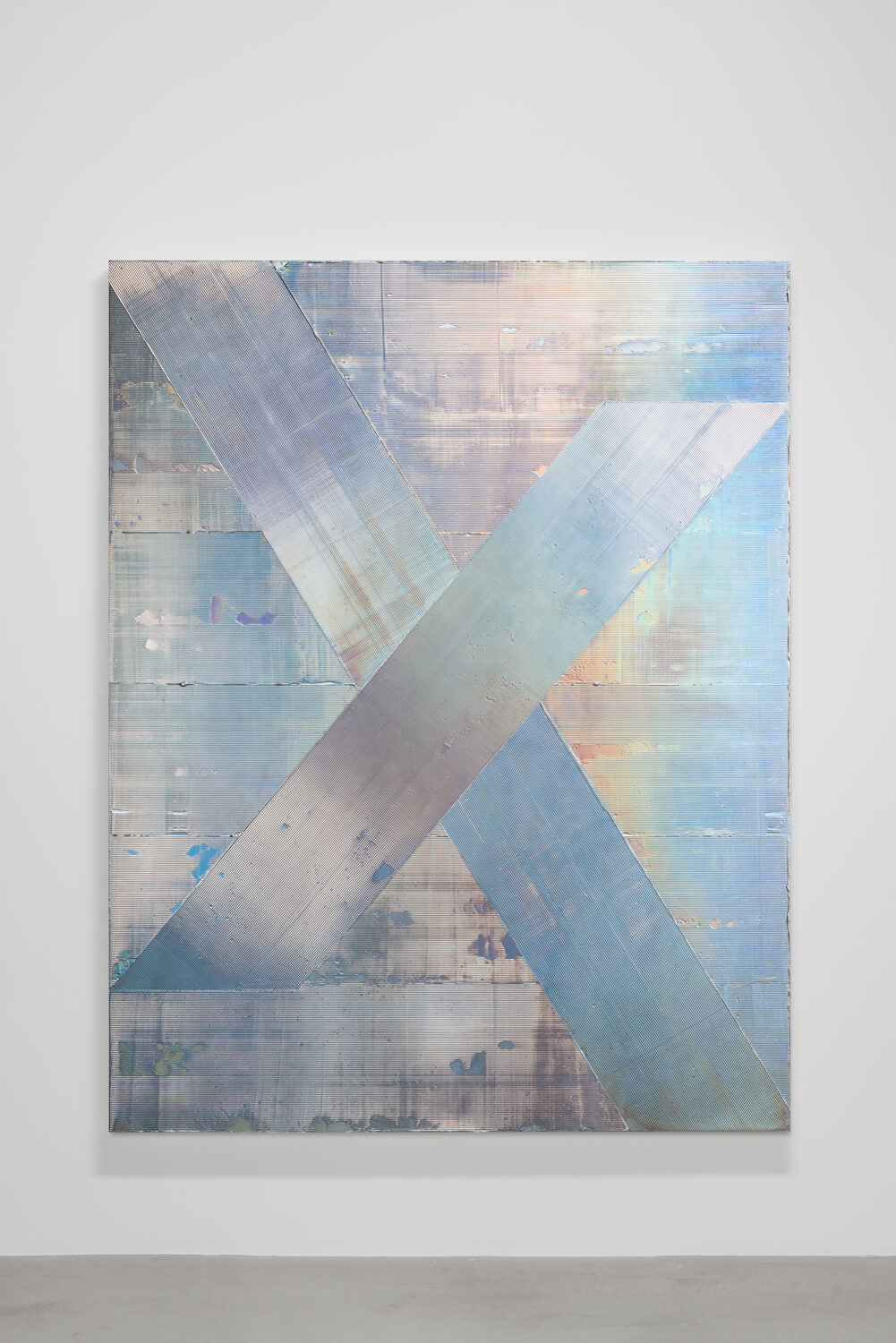
“X" / 2017 230x180cm / acrylic on cotton,panel / Photo by Omote Nobutada / Courtesy of SCAI THE BATHHOUSE
Thick waves of grey paint undulate on the canvas as their reflections take on electric tints, yellow, blue, green and orange in turn. This work, part of the ‘Wave’ series, was produced by Daisuke Ohba. A contemporary painter who’s known on the international stage and who is easily identifiable thanks to his holographic works, Daisuke Ohba creates paintings which are unique and in a state of constant evolution, reflecting changes in light and the movements of the viewer.
Born in Shizuoka in 1981, Daisuke Ohba received a degree in art from the Tokyo National University of Fine Arts. Since then, he has not ceased to create illusions in his paintings, which are always moving and changing. His use of pearlescent acrylic paint and holographic pigments results in paintings which are constantly changing colour according to the lighting and movement in a given environment. The coming-and-going of people in front of a work, in conjunction with a light source, can turn the initial colours upside-down and shake up the viewer’s initial perception of the painting.
Daisuke Ohba continues to push the limits of art by offering a sensory experience to as many people as possible, both in Japan and overseas. From Tokyo to Kyoto via Hong Kong, Miami and Paris, Daisuke Ohba is a very successful export.
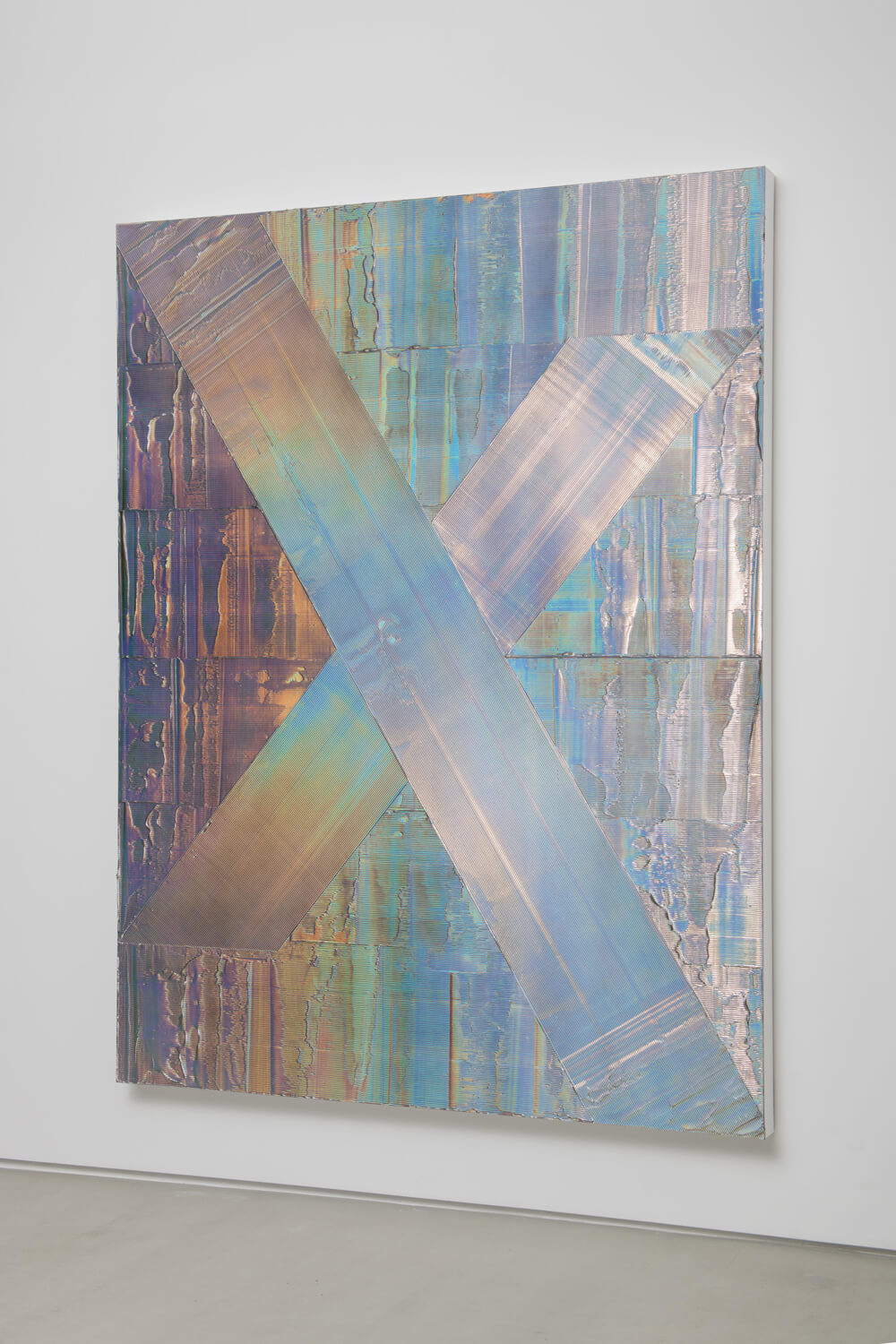
“X" / 2017 230x180cm / acrylic on cotton,panel / Photo by Omote Nobutada / Courtesy of SCAI THE BATHHOUSE
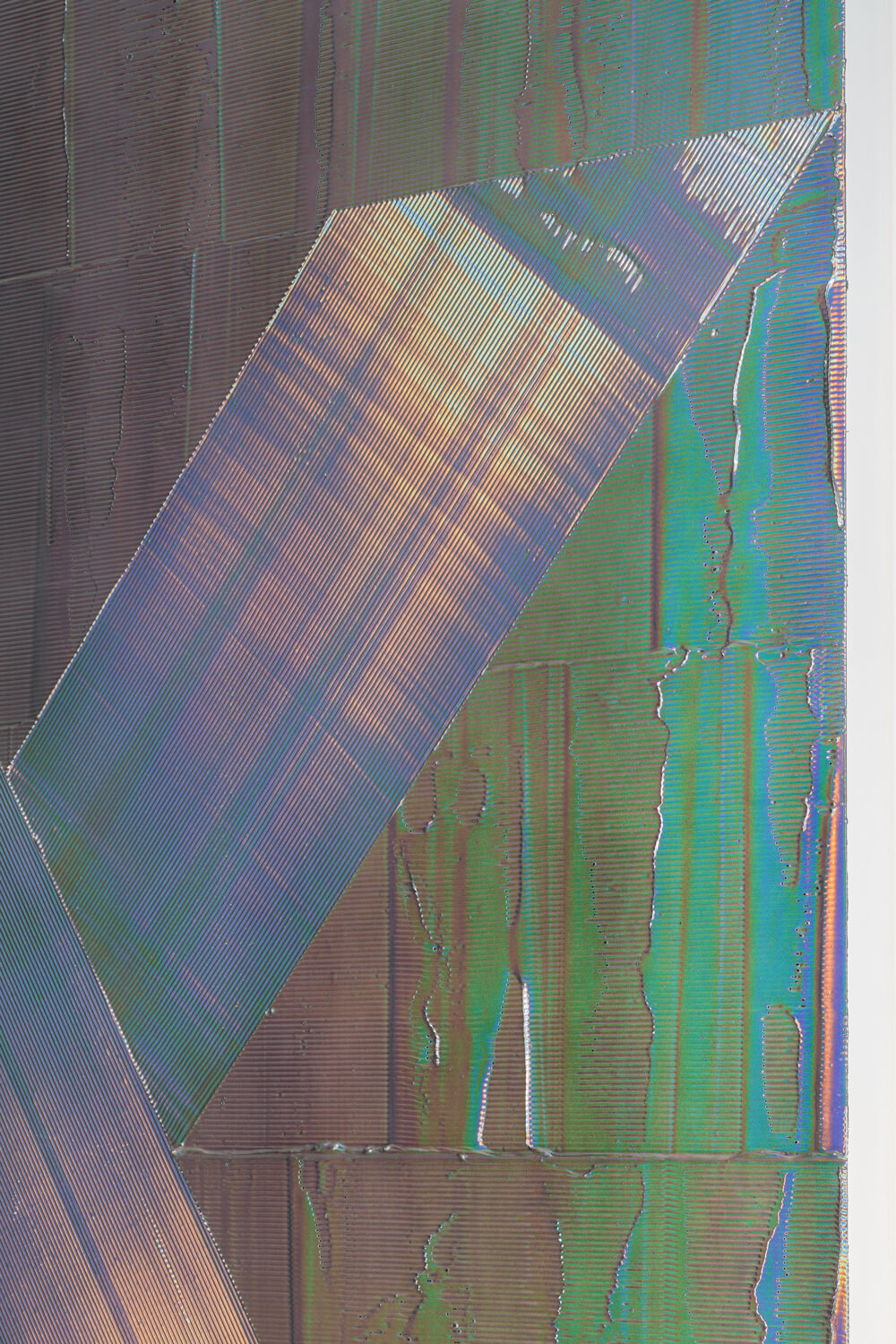
“X" / 2017 230x180cm / acrylic on cotton,panel / Photo by Omote Nobutada / Courtesy of SCAI THE BATHHOUSE
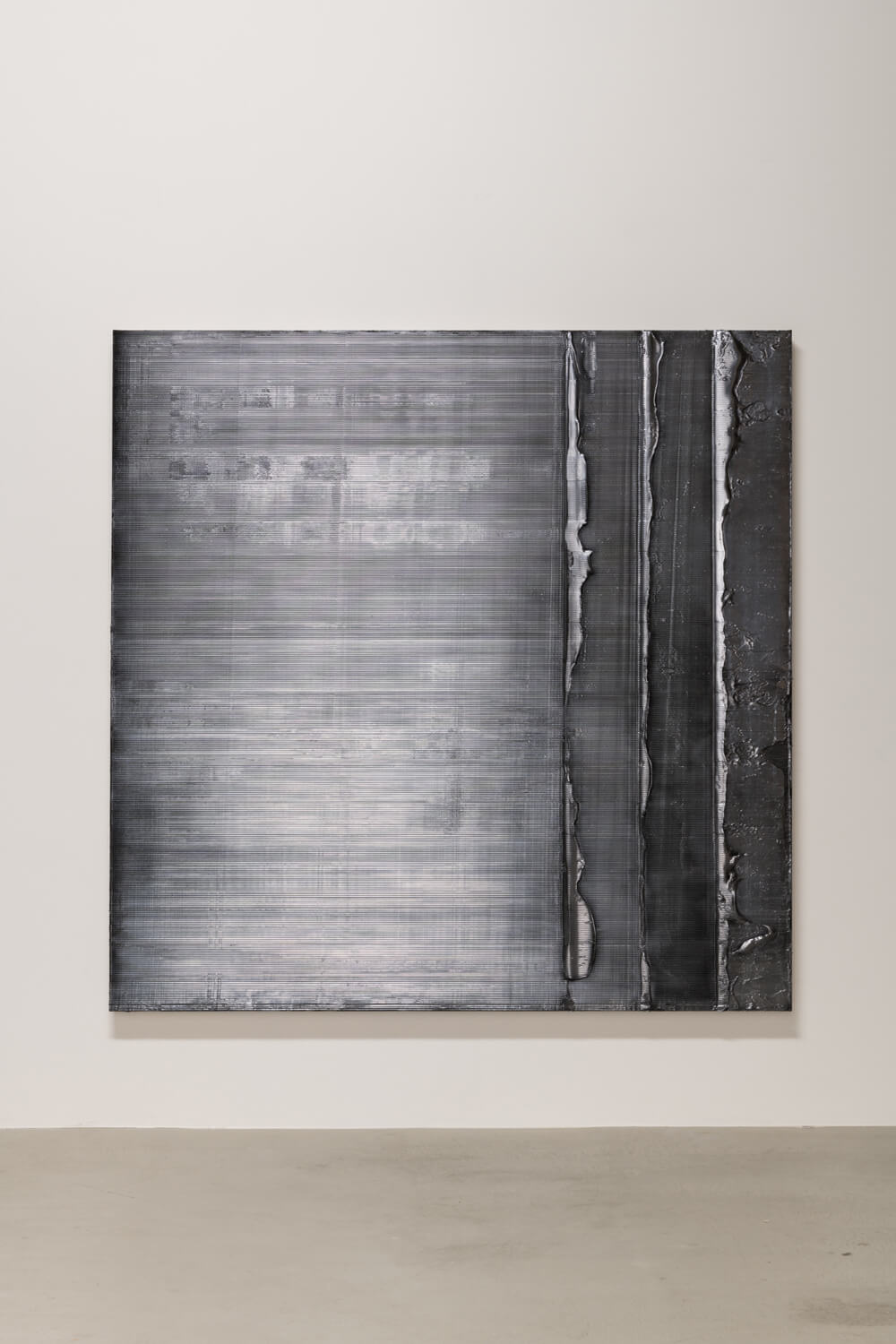
“WAVE" / 2018 180x180cm / acrylic on linen,panel, graphite / Photo by Omote Nobutada / Courtesy of SCAI THE BATHHOUSE
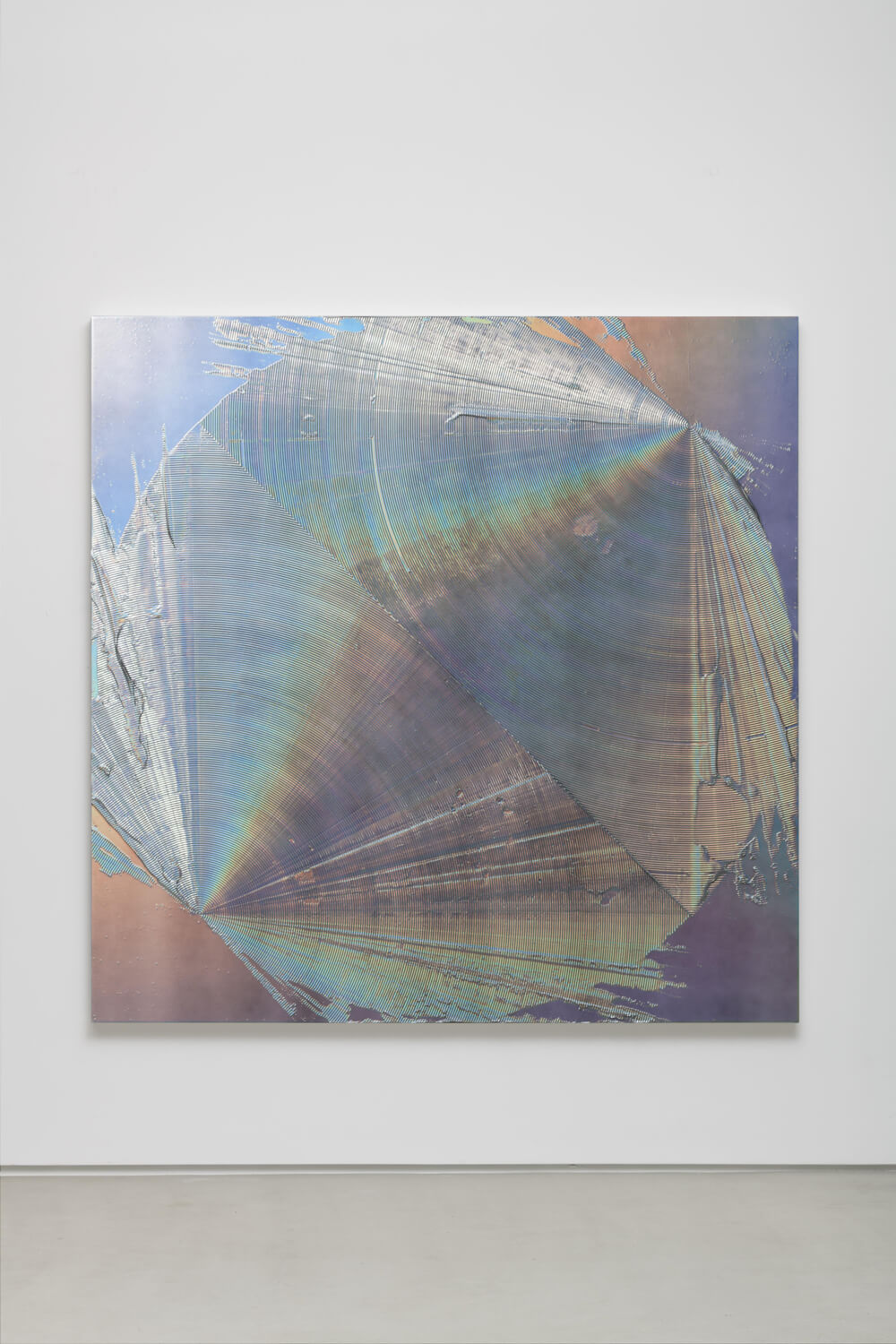
“M" / 2017 180x180cm / acrylic on cotton,panel / Photo by Omote Nobutada / Courtesy of SCAI THE BATHHOUSE
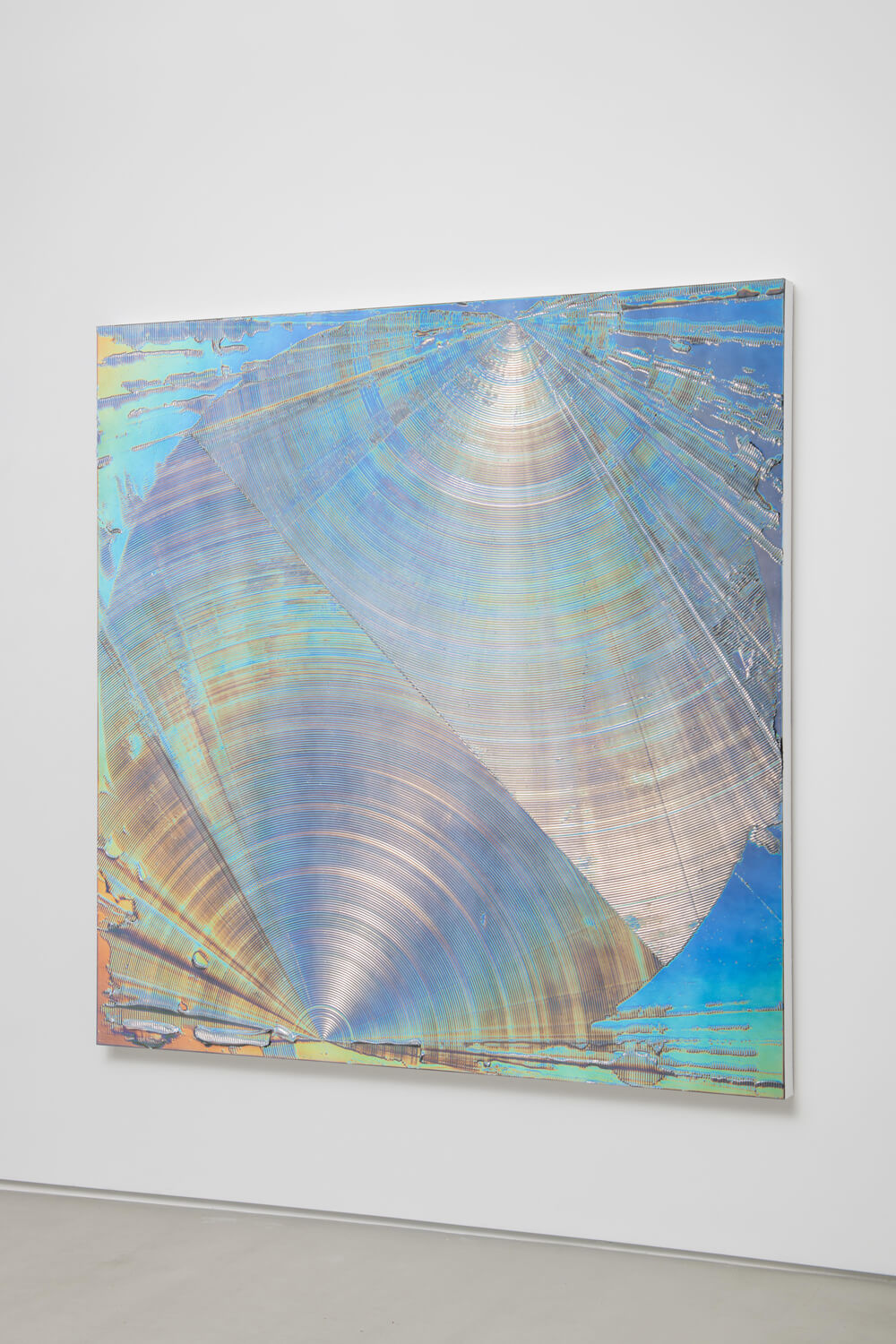
“M" / 2017 180x180cm / acrylic on cotton,panel / Photo by Omote Nobutada / Courtesy of SCAI THE BATHHOUSE
TRENDING
-
The Tattoos that Marked the Criminals of the Edo Period
Traditional tattoos were strong signifiers; murderers had head tattoos, while theft might result in an arm tattoo.

-
Chiharu Shiota, Red Threads of the Soul
Last year, more than 660,000 people visited the retrospective 'Chiharu Shiota: The Soul Trembles' exhibit at the Mori Art Museum.

-
‘Before Doubting Others, Doubt Yourself. Who Can Truly Say a Dish Isn’t What It Used to Be?’
In ‘A Non-Conformist’s Guide to Surviving Society’, author Satoshi Ogawa shares his strategies for navigating everyday life.

-
The Story of Sada Yacco, the Geisha who Bewitched Europe
Described by Dazed magazine as the first beauty influencer, she has been restored to her former glory since 2019.

-
Ito Jakuchu's Naturalist Paintings
From 15 September until 14 October 2018, the Petit Palais showcased the artist's iconic ‘Images of the Colourful Realm of Living Beings’.





